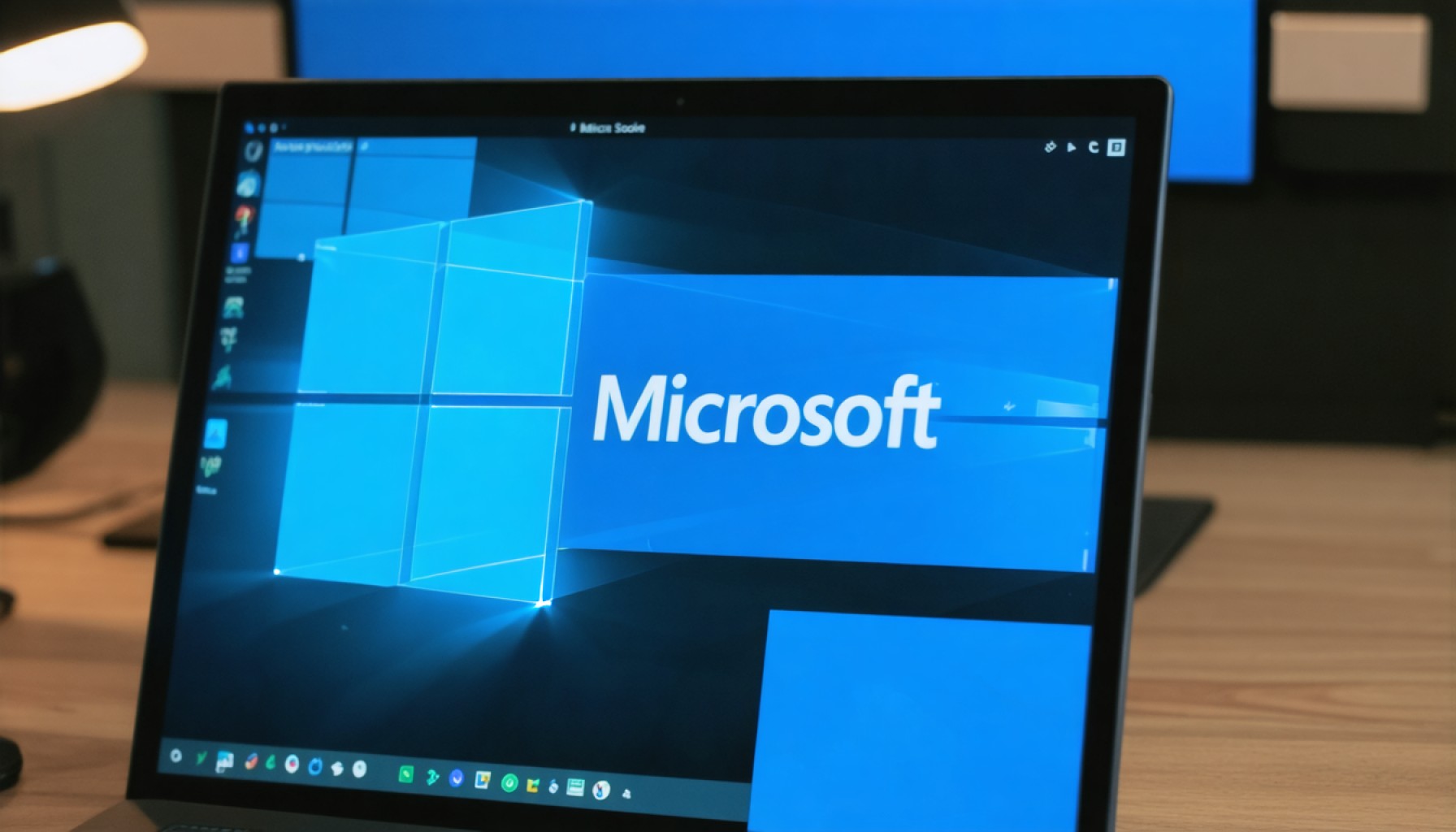- Microsoft considered, then shelved, a major sign-in overhaul aimed at keeping accounts automatically logged in across devices.
- Initial plans for continuous automatic sign-in raised security concerns, especially for those using shared or public devices.
- The current system offers users the choice to stay logged in, balancing convenience with security.
- Microsoft confirmed these plans were based on incomplete information and decided against implementing the change.
- The decision highlights ongoing tension between user convenience and security, emphasizing the importance of cautious digital habits.
- Microsoft encourages users to log out on public devices and to browse securely, reflecting their commitment to user safety.
In a world where digital security dances delicately with convenience, Microsoft navigates a complex journey. Recent whispers of a major sign-in overhaul swirled among users, stirring both curiosity and concern. Microsoft recently shelved plans that promised to automatically keep accounts signed in, a move that might have left the absentminded worryingly exposed. The tech giant’s announcement initially hinted at easing the login process by letting users remain signed in across devices—a seamless yet risky proposition.
Currently, the system courteously inquires whether one wishes to stay logged in, implying a digital handshake of sorts. This practice keeps transitions smooth across the vast universe of Microsoft products, from Outlook to its broader suite of services. However, the notion of an unending automatic sign-in felt like a double-edged sword; while convenient for some, it posed a potential security threat for those who might forget to log out, especially on shared or public devices.
In a striking reversal, Microsoft confirmed it wouldn’t roll out this change as anticipated. A spokesperson revealed that previous reports stemmed from incomplete information. Despite the shift in plans, Microsoft subtly nudges users to prioritize security. A visit to their support page reminds us: never stay logged in on public computers and consider the safety of browsing in private windows.
Though the auto sign-in feature remains in limbo, the broader narrative reflects an ongoing tension between seamless user experiences and uncompromised security. Microsoft’s pivot ensures a pause, allowing users to ponder their digital habits. The lesson is clear: in today’s dynamic tech landscape, staying informed and vigilant stands paramount.
Microsoft’s Sign-In Saga: Balancing Convenience with Security
How-To Steps & Life Hacks for Ensuring Secure Sign-Ins
1. Enable Two-Factor Authentication (2FA): Always activate 2FA for your Microsoft accounts. It adds an extra layer of security by requiring a second step to verify your identity, such as a text message or authentication app.
2. Use a Password Manager: Utilize a reputable password manager to create strong, unique passwords for each account. This reduces the risk of password reuse and enhances security.
3. Regularly Monitor Account Activity: Check your Microsoft account’s sign-in activity frequently to identify any unauthorized attempts promptly.
4. Log Out on Public/Shared Devices: Always log out and clear session cookies when using public or shared computers. Use private browsing to reduce data trails.
5. Set Up Sign-In Alerts: Configure alerts for sign-ins from unrecognized locations or devices, which can help you quickly respond to unauthorized access.
Real-World Use Cases of Microsoft Sign-In Features
Microsoft products like Outlook, OneDrive, and the broader Microsoft 365 suite rely heavily on smooth sign-in experiences. Businesses utilize these seamless transitions to maintain productivity, as teams collaborate across SharePoint and Teams without constant interruptions.
Market Forecasts & Industry Trends
The tech industry is increasingly prioritizing cybersecurity. With growing concerns over data breaches, the focus is shifting towards secure authentication methods, like biometric logins and hardware security keys. According to a MarketsandMarkets report, the identity and access management market is expected to grow from USD 10.12 billion in 2017 to USD 14.82 billion by 2022, influenced by the need for compliance and enhanced customer experience.
Reviews & Comparisons
Microsoft’s sign-in process is often compared to Google’s seamless yet secure login methods. While Google has robust multi-device synchronization and login capabilities, Microsoft’s approach is conservative, reflecting caution in security over unrivaled convenience. Both systems offer rich security features but cater to different user expectations.
Controversies & Limitations
The primary controversy around Microsoft’s auto sign-in feature revolves around user safety concerns. Automatic sign-ins pose risks, particularly for users who are less vigilant about logging out on shared devices. This decision to delay indicates Microsoft’s prioritization of user security over ease of access, ensuring users reflect on their digital practices.
Features, Specs & Pricing
While Microsoft offers a wide range of products under its 365 suite, ranging from free email services to enterprise-level solutions, security functionalities like secure sign-in options are universally available. The premium tiers of Microsoft 365, priced from $5 to $20 per user per month, provide enhanced security analytics and compliance tools, which are critical for businesses.
Security & Sustainability Insights
Microsoft consistently updates its security protocols, aligning with industry standards to ensure user data protection. The tech giant is committed to a sustainable future, focusing on carbon neutrality and renewable energy, aspects reflected in their operations and cloud service management.
Quick Tips and Actionable Recommendations
– Stay Updated: Regularly update your Microsoft applications to benefit from the latest security patches and improvements.
– Educate Yourself: Understand common phishing tactics and social engineering tricks to prevent falling prey to cyber threats.
– Customize Security Settings: Familiarize with Microsoft’s security settings, and customize them according to your usage pattern for maximum safety.
Discover more insights on digital security and technology advancements at Microsoft.
In the end, while convenience is crucial in today’s fast-paced digital world, security should never be compromised. By adopting these practices and staying vigilant, users can enjoy the best of both worlds—seamless access and robust protection.
